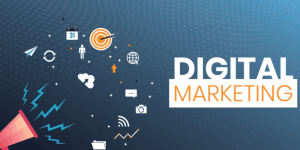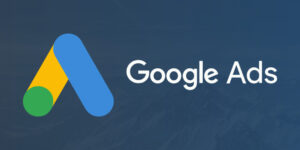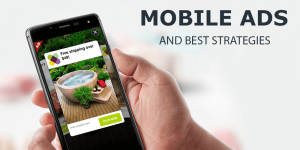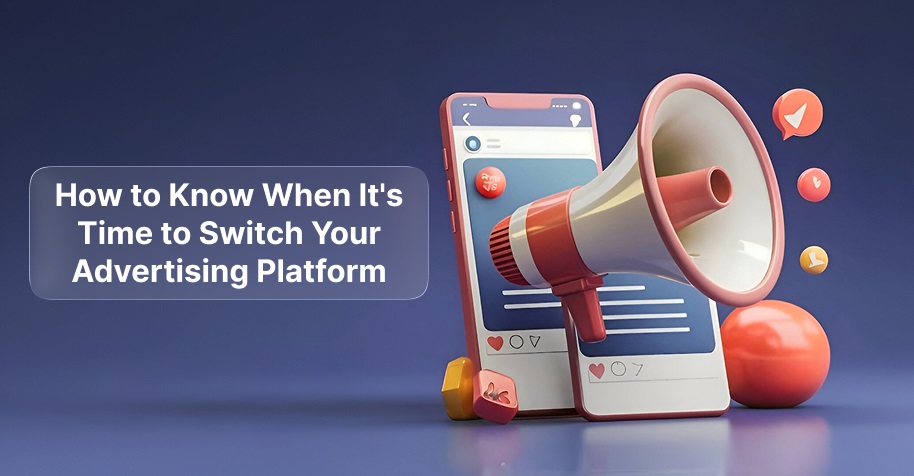
Most advertisers stay with the same platform far longer than they should. It’s not necessarily because they are getting great results, sometimes it’s just easier to stick with what’s familiar than to face the hassle of switching. But that comfort zone can get expensive fast, especially when campaign performance starts sliding and the excuses start piling up.
The truth is, your advertising platform should be working harder than you are. When that stops happening, when you’re constantly troubleshooting issues that should not exist or watching your cost-per-acquisition creep higher every month, something’s off. The question isn’t whether switching platforms is scary or inconvenient. The question is whether staying put is costing more than moving would.
Your Campaign Performance Has Plateaued (or Worse)
Here’s the thing about advertising platforms they should help campaigns improve over time, not stagnate. When you first launch on any platform, there is usually a learning phase where the system figures out who responds to your ads and how to deliver them effectively. After that initial period, performance should stabilize and ideally improve as the platform’s algorithms get smarter about your audience.
But if your numbers have been flat for months, or worse, declining despite your best efforts to optimize creative and targeting, the platform itself might be the bottleneck. Some networks simply do not have the reach or sophistication to scale campaigns beyond a certain point. Others have inventory quality issues that become apparent only after you’ve spent enough to notice patterns.
When evaluating whether the best advertising platform for your needs might be somewhere else, look at your performance trends over at least three months. One bad month happens. Three months of declining returns despite testing new approaches? That’s a pattern worth taking seriously.
The Dashboard Makes Simple Tasks Complicated
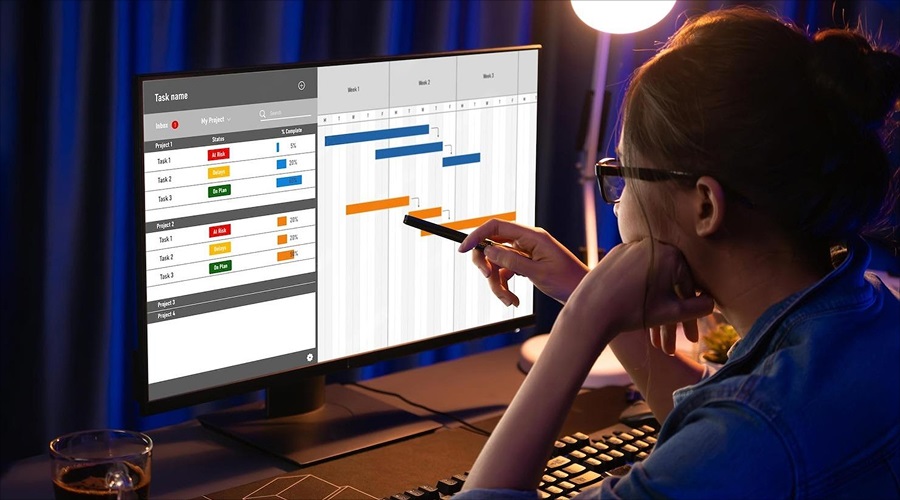
Good advertising platforms make campaign management straightforward. Not necessarily simple there’s always complexity when you’re dealing with targeting options, bid strategies, and performance data but the interface should make sense. You shouldn’t need a manual to figure out how to check yesterday’s results or pause an under performing ad group.
Some platforms seem designed by people who have never actually run a campaign. Critical features are buried three menus deep, reporting is confusing or incomplete, and basic tasks take twice as long as they should. When platform friction becomes part of your daily workflow, that’s not just annoying it’s actively hurting your ability to respond quickly to what’s working and what isn’t.
Speed matters in advertising. Markets shift, competitors launch campaigns, and audience behavior changes. A clunky platform that slows down decision-making can mean missing opportunities or letting problems run longer than necessary. If you’re spending more time fighting with the interface than analyzing results and planning strategy, that’s a red flag.
Also Read: How to Implement Pay-Per-Click Advertising Strategy for Your Firm
Support Feels Like Shouting Into the Void
Platform issues happen. Campaigns pause unexpectedly, tracking breaks, charges do not match what the dashboard shows these things occur even on well-run networks. What separates good platforms from bad ones is what happens when you need help.
If support responses take days instead of hours, or if the answers you get feel copy-pasted and do not actually address your specific problem, that’s a serious issue. Advertisers need platforms that treat their business as important, not ticket numbers to be closed as quickly as possible, regardless of whether the problem has been solved.
The worst situation is when support can not or we cannot explain why something happened or how to prevent it from happening again. Vague responses about “technical issues” or “system optimisation” do not help anyone run better campaigns. Quality platforms have support teams that understand advertising and can give actionable guidance, not just scripted apologies.
Your Costs Keep Rising Without Clear Reasons
Ad costs fluctuate that’s normal. Seasonal demand, competitor activity, and broader market conditions all affect what you’ll pay to reach your audience. But when costs trend consistently upward on a single platform while your targeting and strategy have not changed, something’s wrong.
Some platforms gradually increase costs for existing advertisers while offering better rates to new accounts, essentially penalizing loyalty. Others have auction dynamics that favor certain types of advertisers or industries, putting everyone else at a structural disadvantage. And in some cases, rising costs reflect declining inventory quality the platform is charging more for traffic that’s actually worth less.
Compare your current costs to what you were paying six months ago, adjusting for any major changes you made to targeting or bid strategy. If the increase is significant and your conversion rates haven’t improved to compensate, start researching alternatives. The money you’re overspending on an inefficient platform could be testing new channels that might perform better.
Also Read: Why Choose WeeTech as Your Ideal Enterprise Software Development Company
The Traffic Quality Doesn’t Match What You Were Promised

This is where things get tricky. Most platforms promise premium inventory and engaged audiences, but the reality doesn’t always match the marketing. The traffic you’re getting might technically be real people, but if they’re not in-market for what you’re selling or they’re clicking by accident, those visits aren’t worth much.
Signs of quality issues include bounce rates significantly higher than your other channels, time on site that’s unusually short, conversion rates that never improve despite testing different offers and creative approaches, or traffic patterns that don’t make sense (sudden spikes at odd hours, concentrated in unexpected locations, etc.).
Quality problems are particularly frustrating because they’re harder to prove than simple performance issues. The platform will show impressions delivered and clicks recorded, all technically accurate. But if those clicks don’t turn into customers at rates comparable to other channels, the underlying quality isn’t there.
You’ve Outgrown What the Platform Can Offer
Sometimes platforms work fine for what they are they are just not what you need anymore. A network that was perfect when you were spending a few hundred dollars a day might not have the scale or features required when you are ready to spend thousands. Or maybe you have expanded into new markets or product lines that the platform does not serve well.
Outgrowing a platform is not necessarily the platform’s fault, but staying too long anyway still creates problems. Trying to force a platform to do things it wasn’t built for usually means workarounds, compromises, and suboptimal results. Better to acknowledge when you’ve moved beyond what a platform can provide and find one that matches your current needs.
Making the Switch Without the Drama
Deciding to leave a platform is one thing. Actually making the transition without torpedoing your campaigns is another. The key is overlap do not shut down your existing campaigns until the new platform is delivering consistent results. Run both in parallel for at least a few weeks, comparing performance and giving yourself time to work out the inevitable quirks of any new system.
Document everything about your current setup before you start moving. Campaign structures, targeting parameters, creative variations, and especially what’s working and what isn’t. This information becomes your blueprint for the new platform and helps you avoid repeating past mistakes.
And here’s something people often miss: switching platforms is a chance to rethink your entire approach, not just replicate what you were doing somewhere else. Take the opportunity to test new strategies, different creative formats, or audience segments you couldn’t reach before. The disruption of switching becomes less painful when it comes with the potential for significantly better results on the other side.



